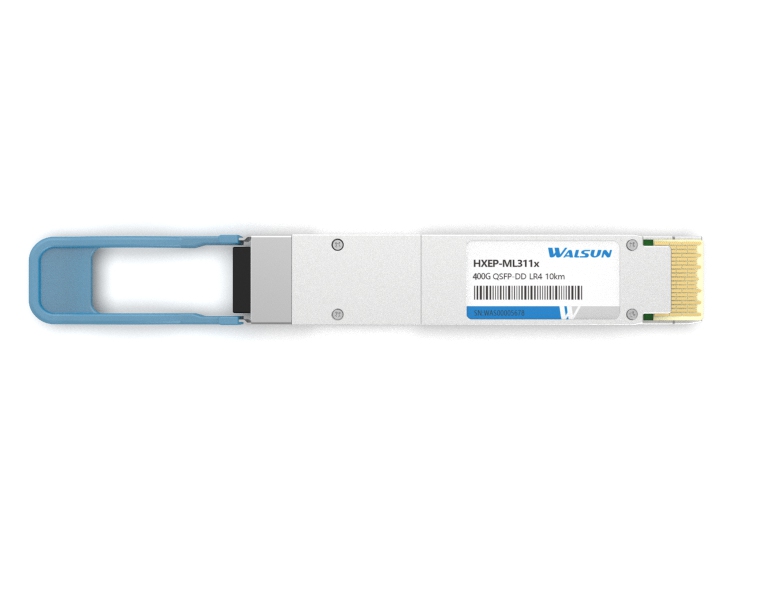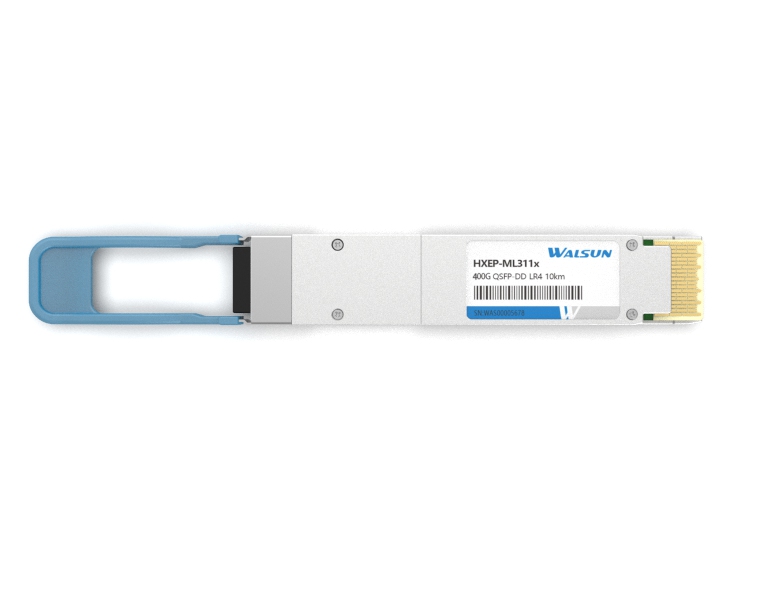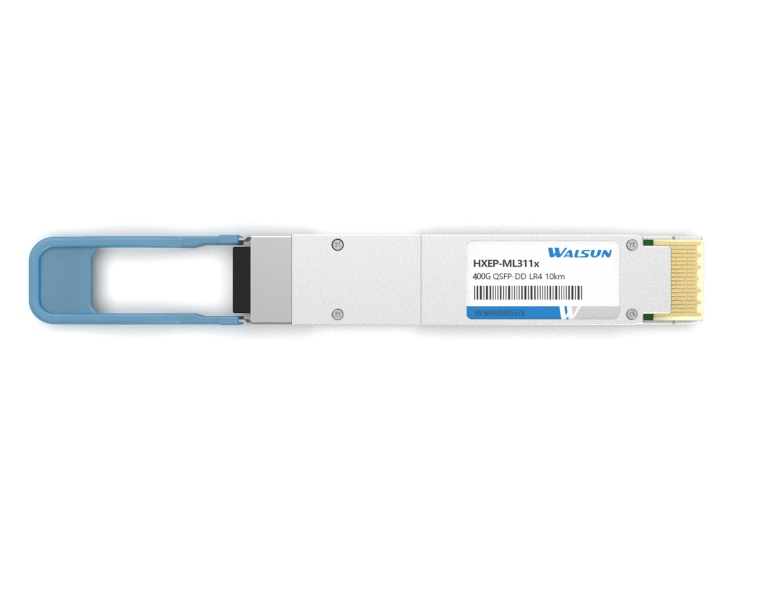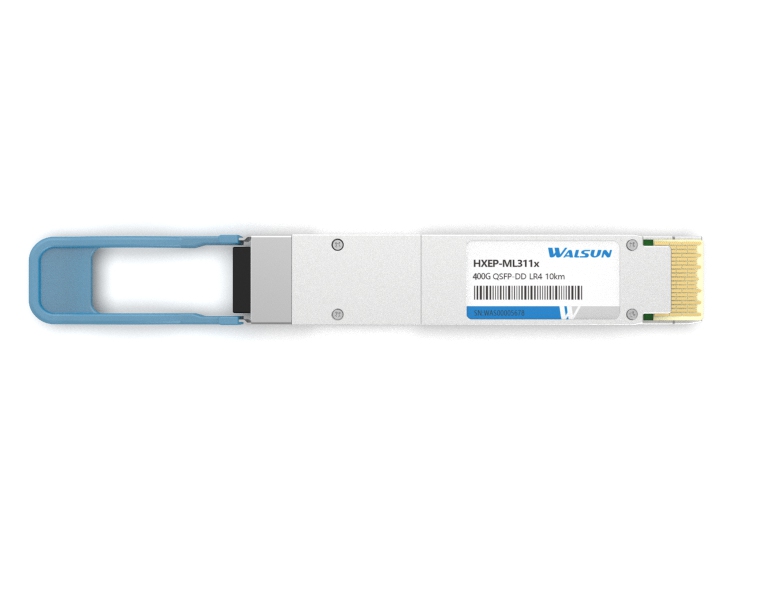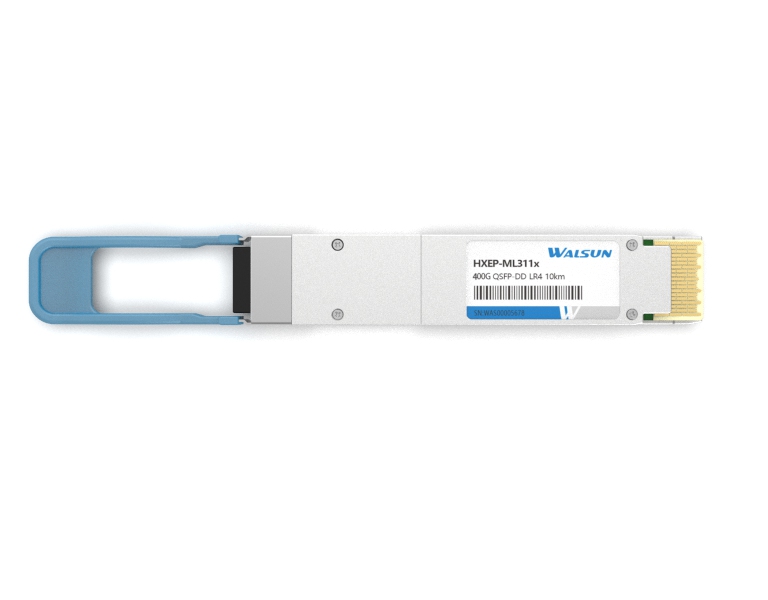PRODUCTS

- QSFP 40G SR BD is a type of optical transceiver module that uses a Quad Small Form-factor Pluggable (QSFP) connector.Cisco QSFP40G portfolioProductTypeConnector TypeQSFP-40G-SR4-S40GBASE-SR4, 4 lanes, 850 nm MMFMPO-12QSFP-40G-SR440GBASE-SR4, 4 lanes, 850 nm MMFMPO-12QSFP-40G-SR-BD40GBASE-SR-BiDi, duplex MMFLCQSFP-40G-BD-RX40GBASE-SR-BiDi, duplex MMF, MonitorLCFET-40GFabric Extender, 4 lanes,775

- The standard operating temperature range of QSFP28 transceiver commercial version is 0°C to 70°C; that of industrial version is -45°C to +85°C;Commercial version products are generally applied. There are also some data centers that use products with operating temperatures ranging from 20°C to 50°C to reduce costs.Walsun100G QSFP28 transceivers include SR4,CWDM4, LR4 and ER4 lite, adopt MPO or LC i1208

- QSFP28 and QSFP+ are both types of transceiver modules used in high-speed networking applications, but there are some key differences between the two.1.Data Rate: QSFP28 supports data rates of up to 100 Gbps, while QSFP+ supports data rates of up to 40 Gbps. 2. Number of Lanes: QSFP28 uses four lanes for data transmission, while QSFP+ uses either four lanes for 40 Gbps or 10 lanes for 100 Gbp1039

- The maximum length of a QSFP (Quad Small Form-factor Pluggable) cable is typically around 30 meters for copper cables and up to 100 meters for optical cables. However, the actual maximum length may vary depending on the specific type and quality of the cable, and should be verified with the manufacturer's specifications.Table 1. Cisco QSFP40G portfolioProductTypeConnector TypeQSFP-40G-SR4-S40G1289

- QSFP28 and QSFP28+ are both form factors for high-speed transceivers used in data communication and networking applications. The main difference between the two lies in their performance capabilities.QSPF28 ModuleQSFP28 is capable of supporting data rates of up to 100Gbps per port, using four lanes of 25Gbps each. It is commonly used in data centers and telecommunications systems for high-speed da2218


 CHS
CHS Walsun Mall
Walsun Mall

